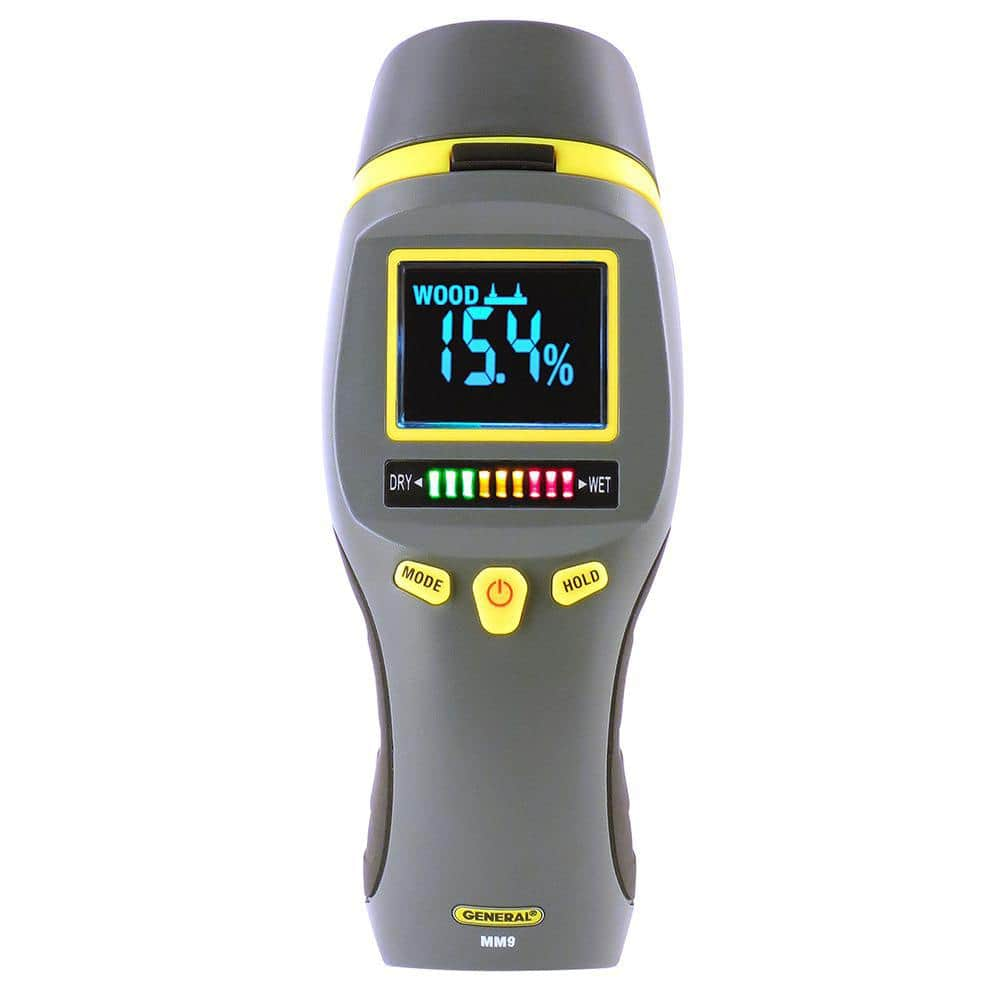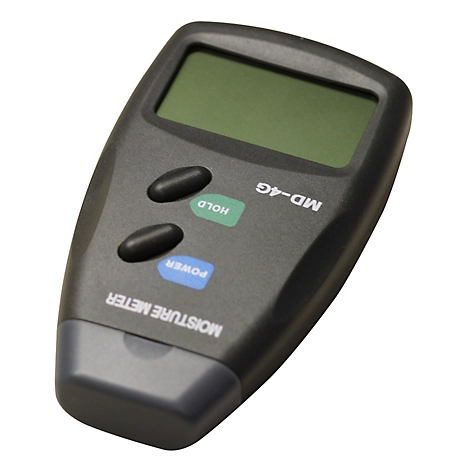Recognizing the Importance of a Moisture Meter in Preventing Mold and Water Damages in Your Home
In the world of home maintenance, the visibility of wetness can often be a quiet yet formidable opponent, with the ability of creating prevalent mold and mildew development and perilous water damage if left untreated. In the middle of the peaceful atmosphere of a residence, concealed dampness problems can make below the surface area, presenting a threat to both residential or commercial property and wellness. Nevertheless, outfitted with the right tools and expertise, property owners can proactively deal with these potential dangers. Recognizing the significance of a wetness meter in this fight is not just an option however a critical necessity.
Significance of Moisture Detection
Effective wetness discovery techniques are critical for safeguarding buildings and preventing prospective mold development and water damages. Moisture can permeate right into numerous structure materials, resulting in architectural problems and health and wellness dangers. By making use of a wetness meter, residential or commercial property owners can proactively identify locations vulnerable to excess wetness, permitting timely treatment and reduction methods.
Moisture meters offer accurate readings of dampness degrees in different materials such as drywall, timber, and concrete. This data aids in identifying areas of concern, also in concealed or hard-to-reach places. Early discovery of moisture buildup allows prompt fixings or changes to stop further damages.

Exactly How Moisture Meters Work
Moisture meters play a pivotal duty in the positive recognition of excess wetness, aiding in the avoidance of prospective mold and mildew development and water damage by providing exact readings of dampness levels in various structure materials. These tools work based upon different principles, depending on their type. Moisture Meter. Pin-type moisture meters, for circumstances, have two pins that permeate the product to measure the electrical resistance in between them. When dampness exists, it boosts the material's conductivity, bring about a lower resistance analysis. Pinless moisture meters, on the other hand, usage electromagnetic sensing units to check the material without triggering damages. These sensors produce electro-magnetic signals that pass through the material and gauge the dielectric residential properties, indicating wetness web content. Some advanced wetness meters pin both incorporate and pinless innovations for detailed dampness detection. Comprehending just how moisture meters feature is important for precise and prompt moisture level evaluations, making it possible for effective safety nets against mold and water damages.
Detecting Early Indication
Upon preliminary examination of a home, identifying subtle indicators of excess wetness comes to be essential in the very early discovery of potential mold growth and water damages. Water discolorations can signal leaks or seepage, while peeling off paint or wallpaper might be an outcome of moisture jeopardizing the bond of these products to the surface area. In addition, an increase in allergic reaction signs and symptoms or respiratory problems among passengers might recommend the visibility of mold due to excess moisture.
Avoiding Mold Growth
Acknowledging very early warning indications of excess dampness within a residential property not only allows timely discovery of potential mold growth and water damages yet also serves as a positive action in preventing the expansion of mold and mildew. To properly prevent mold development, it is critical to address any sources of wetness without delay.
Along with addressing moisture sources, keeping indoor humidity levels below 60% can dramatically hinder mold and mildew development. Correct air you could try this out flow, adequate insulation, and using a/c or followers can assist control interior humidity levels. Checking dampness degrees in locations susceptible to wetness, such as cellars and creep areas, making use of a dampness meter can additionally assist in very early discovery of raised wetness levels and prospective mold growth. By taking proactive steps to avoid excess wetness and mold and mildew growth, home owners can guard their building and indoor air quality.
Benefits of Normal Tracking
Normal tracking of moisture levels in a residential property can play an important role in preserving a healthy indoor setting and stopping possible mold and water damages. By frequently checking wetness degrees, property owners can identify any type of concerns without delay and take required activities to stop mold and mildew growth and water damages. Among the essential advantages of routine monitoring is very early detection. By identifying and attending to high dampness levels early on, house owners can intervene before mold and mildew has the possibility to develop and spread. This positive approach can conserve both time and money over time by stopping substantial mold and mildew remediation and repair service prices.
Moreover, regular surveillance enables home owners to track patterns and patterns in moisture levels over time. Ultimately, the regular tracking of wetness levels encourages house owners to safeguard their residential or commercial property, guard their health and wellness, and maintain the stability of their interior environment.

Final Thought

By making use of a moisture meter, property owners can proactively determine locations prone to excess moisture, allowing for timely treatment and reduction strategies.

Keeping an eye on wetness levels in areas prone to dampness, such as cellars and creep rooms, utilizing a wetness meter can likewise aid in early detection of elevated dampness degrees and prospective mold growth. (Moisture Meter)